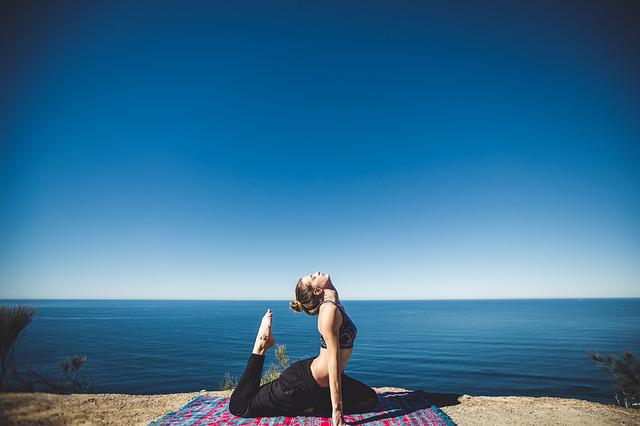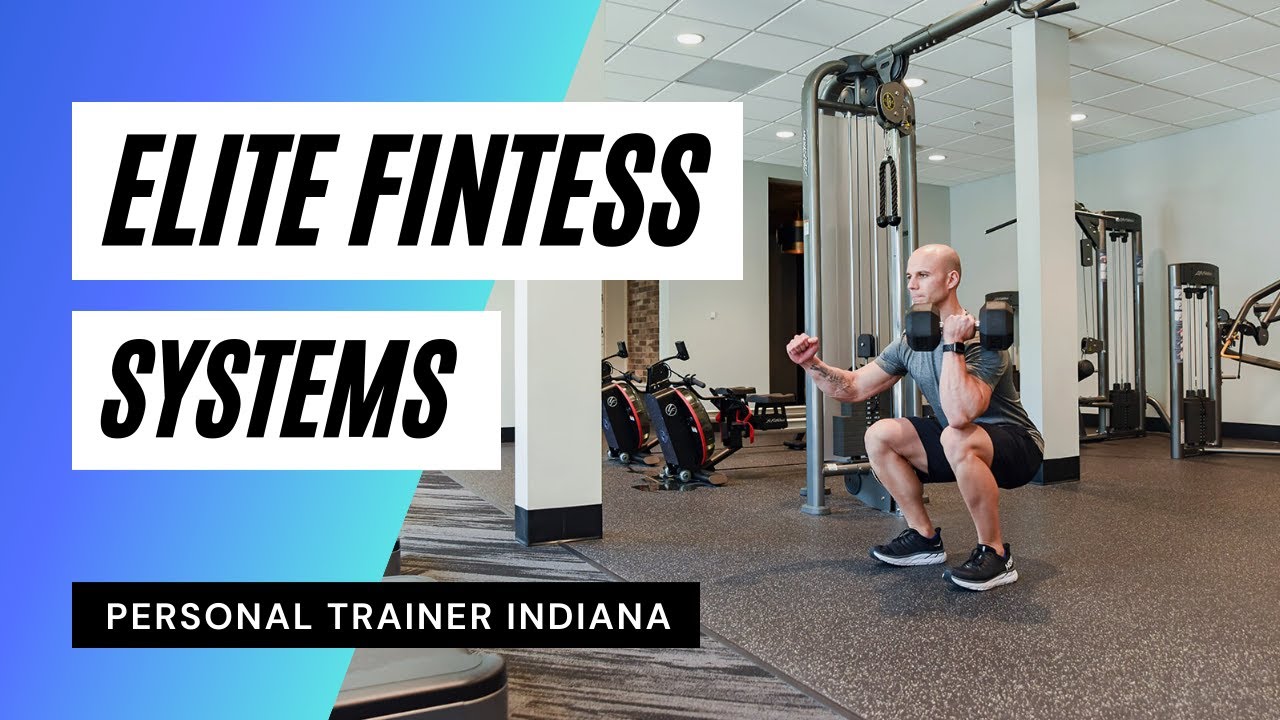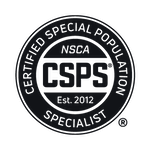
Residents and tourists can benefit from a hawaii trainer to keep them fit so they are able to enjoy the island's attractions. These professionals are often found in gyms, hotels and fitness centers. They also offer personal training in the comfort and privacy of their client's homes.
Personal Trainer Honolulu Salary
Hawaii's personal trainers make an average annual salary of $59.791, which is more than double the national average ($43,288). However, the salary range for this career is quite wide, and it can vary greatly depending on your skill set, experience, location and employment status.
How to Become a Personal Trainer in Hawaii
The programs below can provide the education aspiring trainers require to start this rewarding career. There are a number of programs that can help aspiring personal trainers get the education they need to pursue this rewarding career.

How to Get Certified as a Personal Trainer in Hawaii
Hawaii has no state certifications for personal trainers. But there are a few national organizations that provide certification as Group Exercise Instructors or Personal Trainers. These organizations offer a wide range of benefits including discounted exam preparation material, networking opportunities, and extensive continuing education.
How to Become A Professional Personal Trainer In Hawaii
To become a certified personal trainer in Hawaii, you must complete a program that includes classroom theory and hands-on practical learning. The program can take from six months to two and is normally offered at a university.
Hawaii personal trainers often specialize in one type of exercise, like weight training, resistance training, or aerobics. Their clients can also improve their overall health with diet, nutrition and lifestyle changes.
Hawaii Personal Trainer Skills Development
When it comes to becoming a successful personal trainer in the islands, you must possess excellent communication skills and the ability to motivate others. You must also have a high level of patience and dedication to your work.

How to get certified as an oahu trainer
The best way to become professional personal trainers in the Islands is to attend an institution that offers full-time courses. These courses, which are usually delivered over a period of two weeks, combine classroom theory and practical training in the gym. You can then complete an assessment to be fully qualified, which can take as little as four weeks.
FAQ
How exercise and nutrition can improve your quality of life
Exercise can help you lose weight, gain muscle mass and reduce stress. Nutrition is essential for energy, sleep and mood as well as overall health. For a longer life expectancy, reduce your intake of meat and alcohol, smoke less, and exercise regularly.
How many hours of sleep should you get each night?
The recommended sleep amount varies based on age, gender, individual needs, and other factors. Adults need between 7 to 9 hours sleep each night. Teenagers and young children generally need around 10 hours of sleep each night. This number decreases as they age.
Do I need food before I exercise?
No. It's not necessary to eat anything before you work out. You might be hungry after a workout, so you may want to snack on fruit or yogurt.
Are there any exercises that I shouldn't do or should I?
Before you start any new exercise routine, it is important to consult your doctor. Some people have injuries or medical conditions that prevent them from doing certain types of exercise. Certain activities require special equipment and training. Swimming, for example, requires swimming suits and access to the pool.
Is it possible for one to be too thin?
Yes! Both being underweight or suffering from an eating disorder is unhealthy. It's normal to be a little heavier than you should be. A person may feel tired, weak, dizzy or experience other symptoms that might indicate they are underweight.
Statistics
- Physical activity confers the following maternal and fetal health benefits: a decreased risk of pre-eclampsia, gestational hypertension, gestational diabetes (for example, 30% reduction in risk) (who.int)
- Globally, 81% of adolescents aged 11-17 years were insufficiently physically active in 2016. (who.int)
- One study showed that adults who watch more than 4 hours of television daily had an 80% higher risk of death from cardiovascular disease. (heart.org)
- In high-income countries, 26% of men and 35% of women were insufficiently physically active, as compared to 12% of men and 24% of women in low-income countries. (who.int)
External Links
How To
How to Lose Belly Fats More Fast
Belly Fat is usually seen as a problem when we want to lose weight. However, Belly Fat can be beneficial if you really think about it. It is the fat in your stomach that protects your organs. Let's find out how to lose belly fat quickly.
The main factors that contribute to our body fat accumulation are stress and inactivity. Stress makes us feel hungry constantly because it stimulates the production of the cortisol hormone. Cortisol levels are increased by insulin. The excess calories stored as fat are then stored by insulin. An increased appetite can be caused by a lack of sleep. Exercise helps to break down these extra calories.
There are many different ways to reduce bellyfat. Depending on your budget, you can try each one. Here are some quick tips to get rid of belly weight.
-
Eat less food. Instead of eating three large meals per day, try to eat smaller meals. This will help you consume less calories.
-
Drink plenty of fluids. Water flushes out toxins and keeps you hydrated. Drinking water prior to every meal will ensure that you are satisfied for longer periods of time and won't eat too much.
-
Avoid unhealthy snacks. If you're looking for quick fixes, snack foods like chips, cookies, candies, etc. It might sound tempting. But avoid these fattening treats as they contain lots of empty calories and too much sugar. Choose healthier alternatives such as whole grains, vegetables, fruits, seeds, nuts and seeds.
-
Three times per week, strength training is recommended. Strength training increases muscle mass, which can help you burn more calories while still resting. It strengthens bones and muscles, ligaments, muscles, tendons, heart, lungs, as well as joints.
-
Regularly walk or stretch. Stretching can improve flexibility, mobility, and reduce back pain. Walking is great for burning calories.
-
Reduce alcohol intake. Your diet is empty of calories, and alcohol has no nutritional content.
-
Lose weight gradually. First, determine your current weight. Next, calculate your ideal weight by adding between 5% and 10% to your total body weight. Once you have calculated your target weight, start reducing calorie consumption by 500-1000 calories daily until you reach your goal.
-
Avoid processed foods. These foods are high on sugar, salt, and additives. Although they are convenient, processed foods don't have enough nutrients to sustain your health.
-
Don't skip breakfast! Breakfast is good for your concentration, memory, and energy. You should have protein (such as eggs) and fiber (such as oats) for breakfast.
-
Have regular bowel movements. Constipation or irregularity can lead to gas and bloating. To prevent this, drink plenty of water and increase fiber intake.